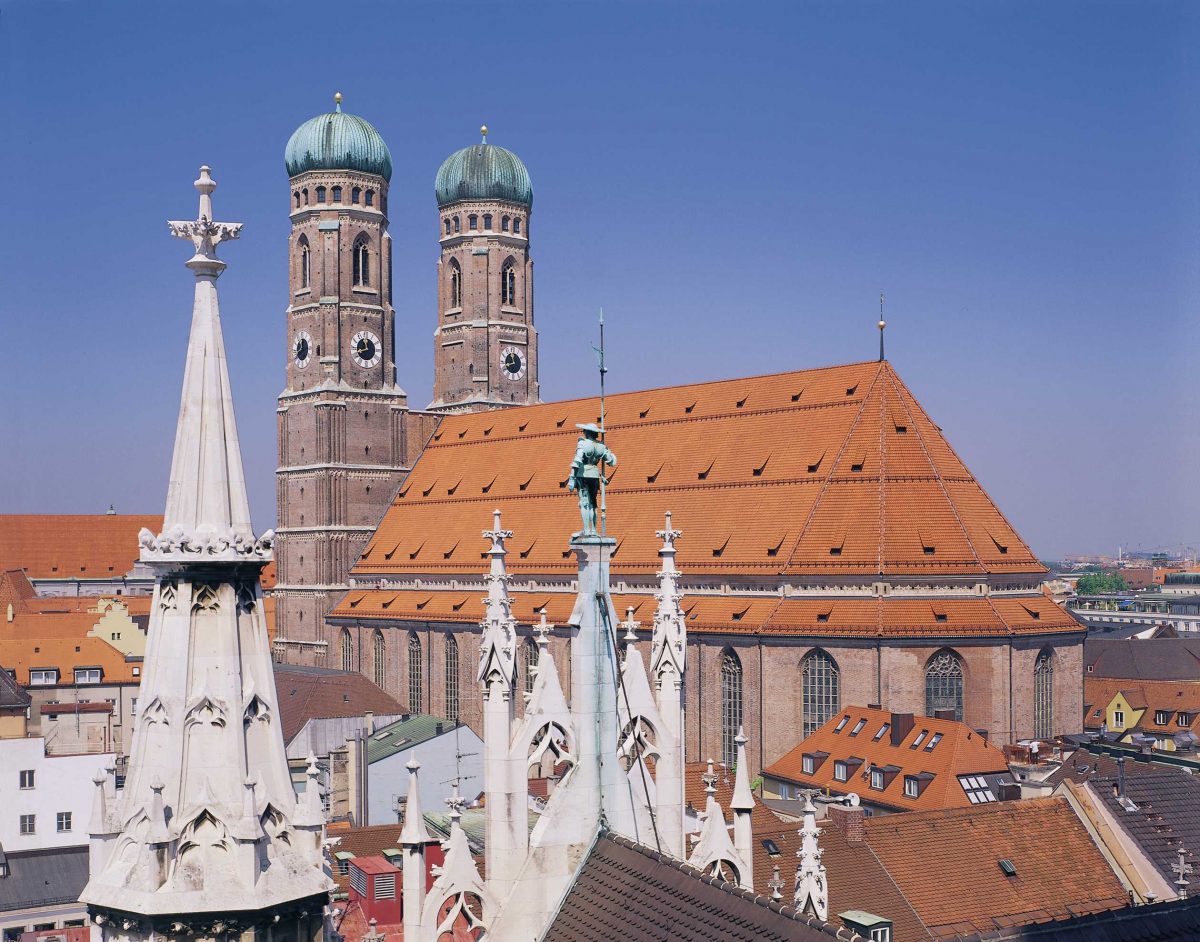Last Updated on August 25, 2023 by Ctybr67k

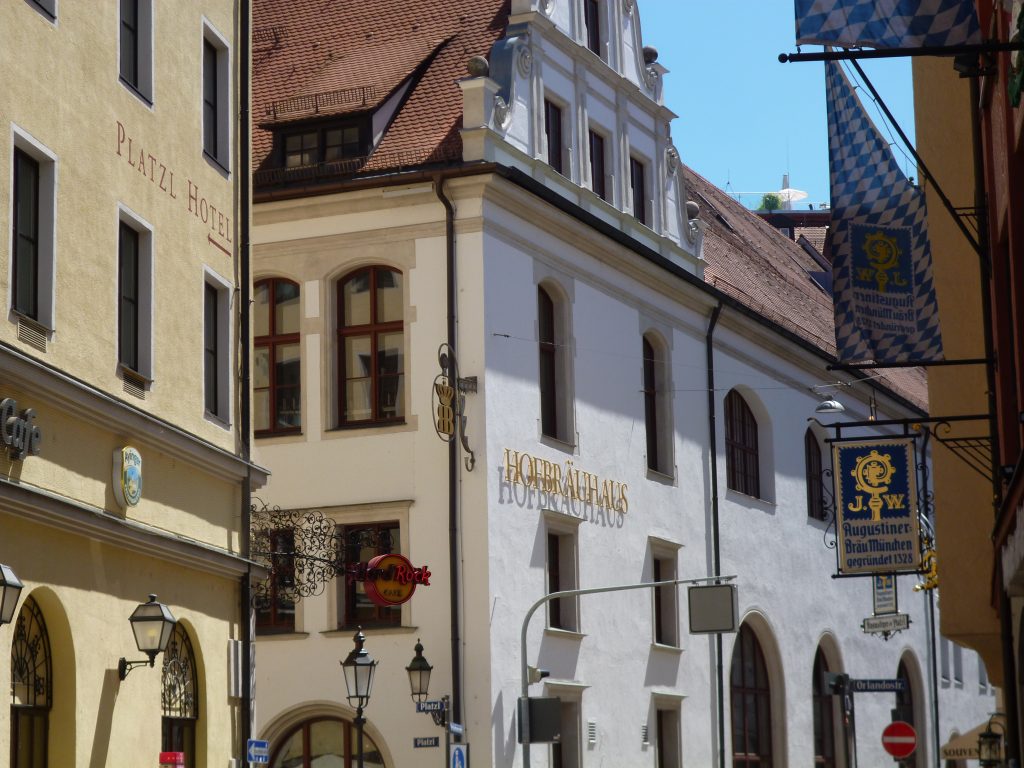
Wilkommen in München. Welcome to our Introduction to Munich. Surrounded by stunning Bavarian scenery, Munich is full of art, history and beautiful baroque architecture. Its reputation for hospitality centres on beer – think famous breweries and the world-renowned Oktoberfest – and on hearty Bavarian cuisine. This introduction to Munich brings you information to help you get your bearings and pick up the basic facts which underpin everything. Below that you will find links to all the episodes in our Munich series and then a set of reading ideas and other useful links.
Get Your Bearings
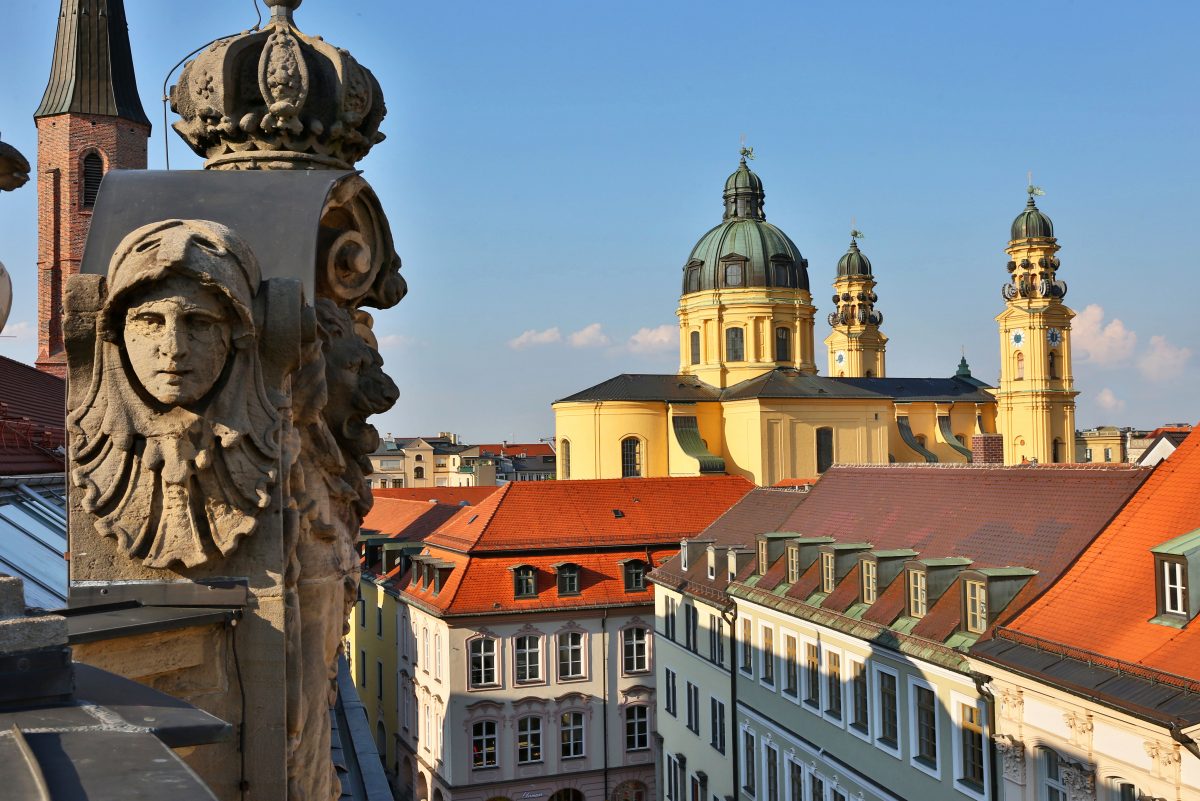
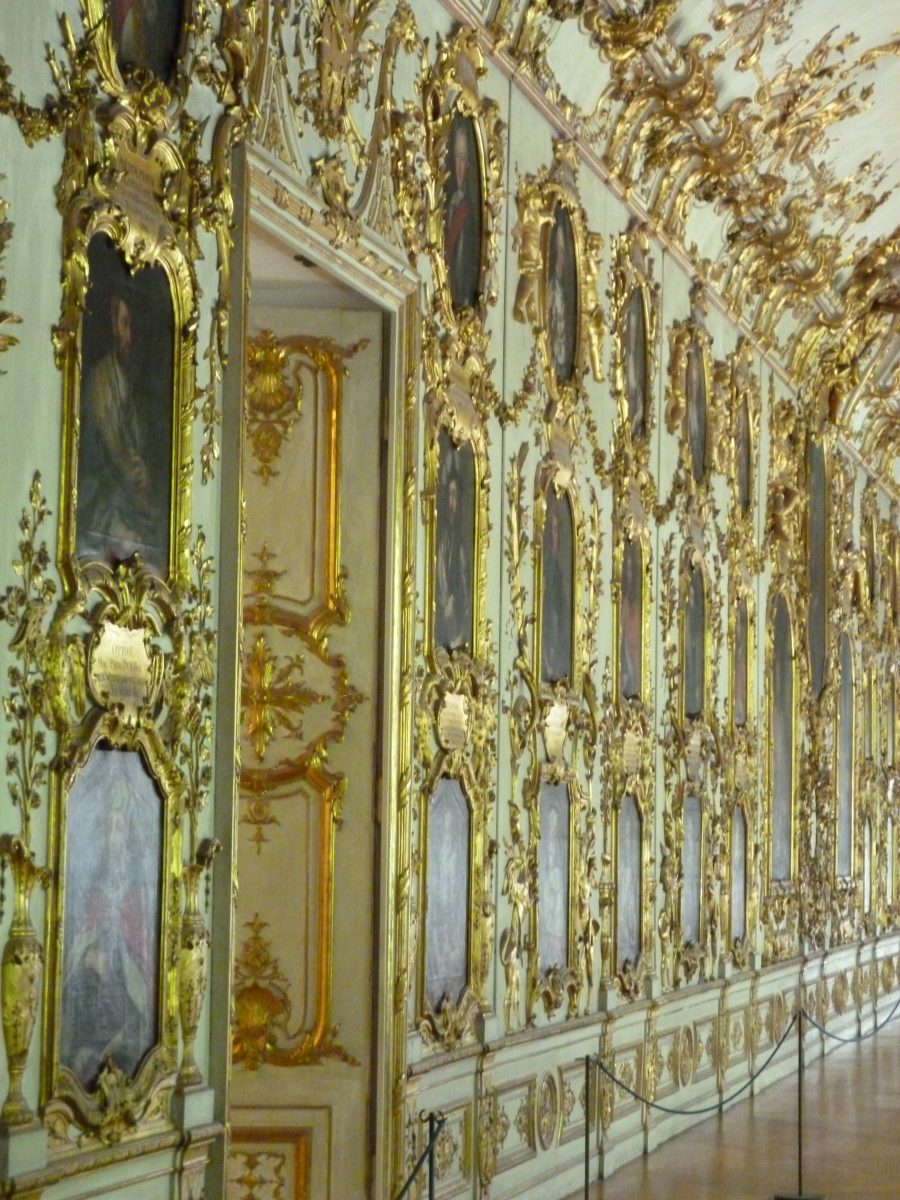

Munich sits at the heart of Europe in Bavaria, which borders Austria and the Czech Republic, and is the largest of Germany’s 16 provinces. With the Bavarian Alps to the south and a number of large lakes, such as the Starnberger See and the Ammersee, close by, it has a fresher atmosphere than many large cities. Leaving Munich takes you to the surrounding forests and hills, to historic towns like Schongau, to villages set in rich agricultural land and to fairy tale castles such as Neuschwanstein, the inspiration for the castle in Disney’s Cinderella.
Munich is said to ‘look south’ over the Alps to Italy and it does feel very different from north German cities. Munich sits mainly on the west bank of the River Isar and three former gates of the city, Sendlinger Tor, Isartor and Karlstor indicate its original boundary. The heart of the city is the huge central square, the Marienplatz.
Around Marienplatz are the city’s two main churches, the Peterskirche and the Frauenkirche, the former royal palace – called the Residenz – and the Viktualienmarkt, the city’s central food market. To the east is Schwabing, the university area and the Englischer Garten, the city’s main park. The ‘Museumviertel’, or museum area is north-west of the centre and to the south is the Theresienwiese, the large open area which hosts the Oktoberfest. The Nymphenburg Palace, the former royal summer residence is in the western outskirts of Munich.
Munich’s Early History

Two Munich symbols reflect its early history. The lion represents its 12th century founder, Duke Henry the Lion, and is still seen today in the ‘Löwenbrau’ logo. The second symbol, the monk, is a reminder of the city’s early inhabitants, the ‘Mönche’ or monks who gave the city its name. The 16th century ‘Beer Purity Law’, stating that Munich’s beer should be made from only three ingredients, water, barley and hops, secured its reputation as a top brewing city.
Bavaria became a kingdom in 1806 and Munich was its capital and the seat of its kings. Her most colourful monarch was Ludwig II who reigned from 1864 to 1886 and built a number of idyllic castles in the surrounding countryside, notably Neuschwanstein and Hohenschwangau. When Germany was unified in 1871, Bavaria and Munich retained many of their long-standing traditions.
Munich in the 20th Century
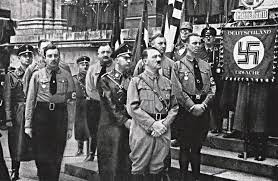

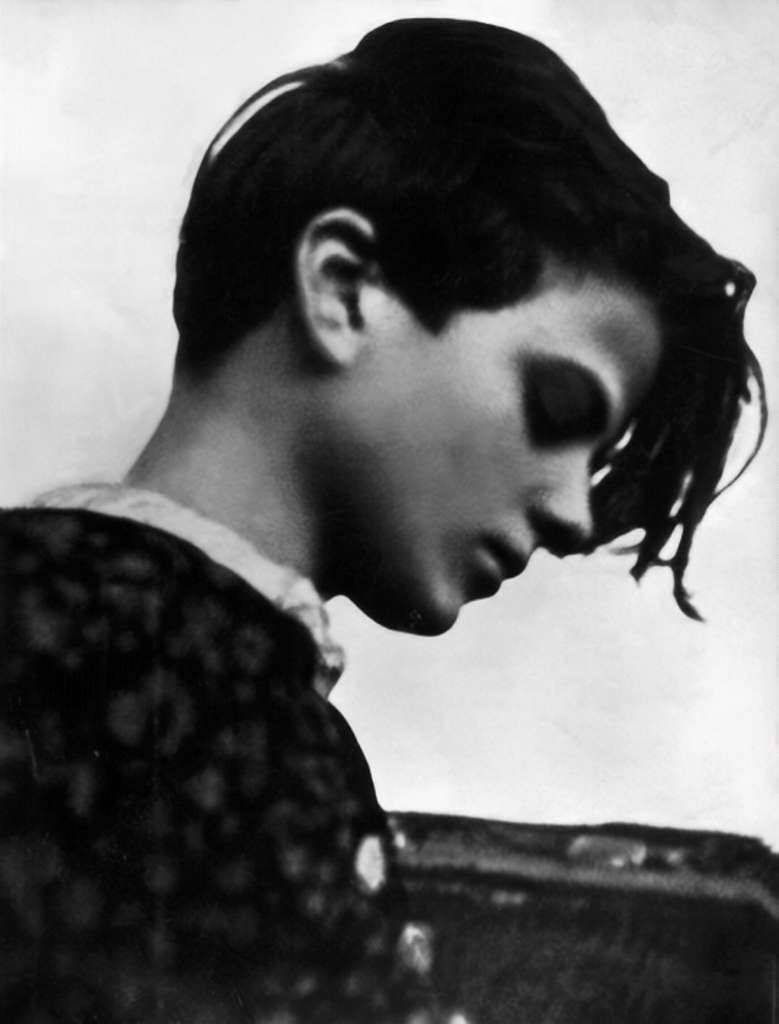
In 1918, at the end of World War I, the monarchy was overthrown and that was the end of the dynasty of the Wittelsbach family who had reigned in Bavaria for over 700 years. Almost immediately, Hitler settled in Munich and began building up the Nazi movement. His failed coup attempt, the ‘Beer Hall Putsch’ took place in Munich in 1923, after which he was imprisoned in nearby Landsberg, where he wrote ‘Mein Kampf.’
The student resistance group, the White Rose, was tried in Munich in 1943, and their leaders, including brother and sister Hans and Sophie Scholl, were executed after being found guilty of ‘treason’, that is opposing Hitler. Munich was badly damaged in the war and a huge rebuilding effort followed. Then came the ‘Wirtschaftswunder’ (economic miracle), leading to the prosperous city of today, where well-known companies such as BMW and Adidas have their headquarters.
What Makes Munich unique?

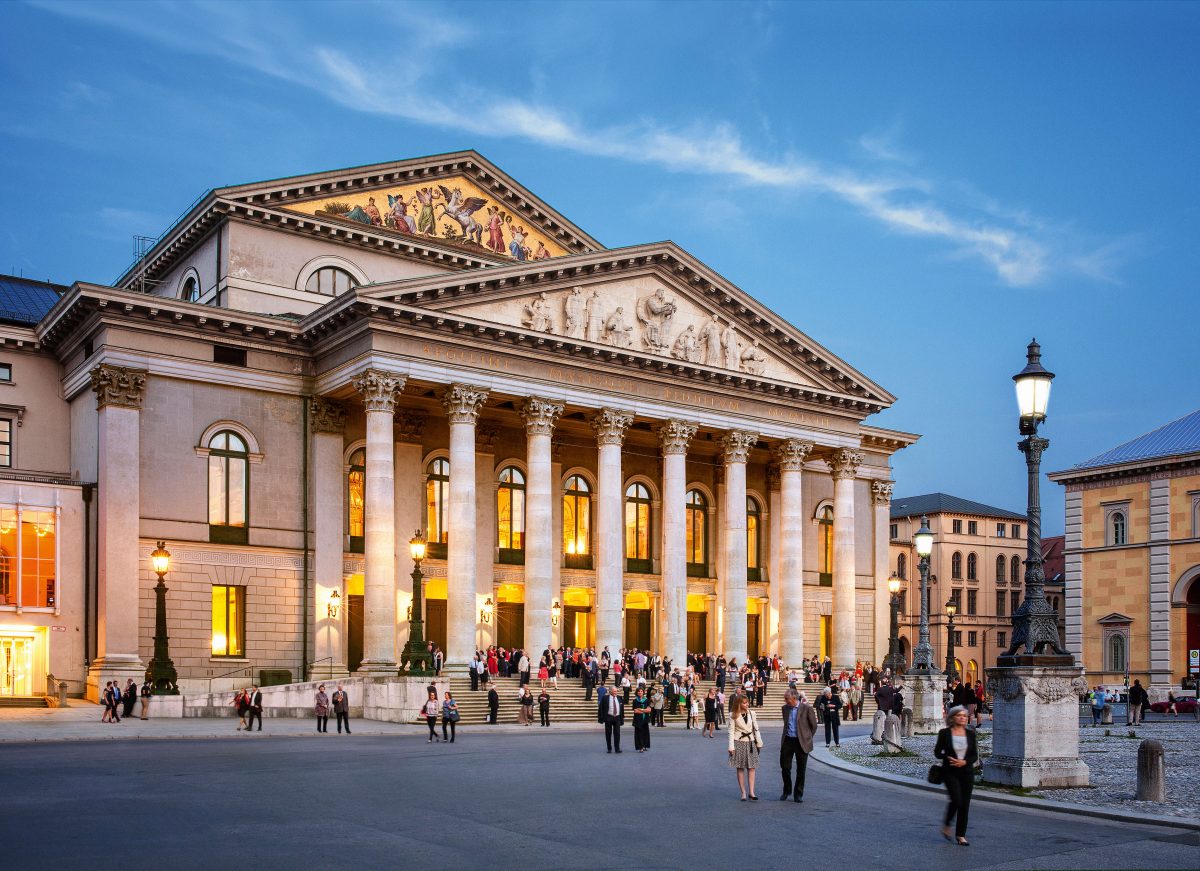

Munich is the German city with an Italian feel, seen particularly in its splendid baroque architecture. It is a city where the mountains, lakes and forests of Bavaria are easily reachable and one which celebrates local traditions, such as restaurant staff wearing ‘dirndl’ dresses and Lederhosen. Munich is a cultural city, with excellent history museums and art galleries. It does not hide the darkness of its wartime history and you can learn about it at the Stadtmuseum or by visiting the Dachhau concentration camp nearby.
It’s main art galleries, the Alte Pinakothek and the Neue Pinakothek, have extensive collections and it is the home of the colourful Blue Rider Movement, whose work is exhibited today at the Lenbachhaus. Perhaps most of all, Munich is known for its ‘Gemütlichkeit’, an untranslatable word summing up its warm hospitality.
In the next post, we’ll be visiting the Residenz, the city-centre palace where the roots of royal Munich are to be found. Listed below are weblinks and guidebooks which proved useful in our research, along with ideas for a little wider reading: books on Munich’s history, key biographies and two works on its artistic heritage. Below that is a list of all the episodes in our Munich series.
Listen to the podcast
Other Posts in the munich Series
The Residenz and the Wittelsbach Dynasty
Schloss Nymphenburg
Ludwig II, the Strange and Handsome KIng
Neuschwanstein, Linderhof and Herrenchiemsee
Munich City Centre
Munich and the Rise of Hitler
Munich and World War II
Munich Standing up to Hitler
Dürer, the Blue Rider Movement and the Munich Art Hoard
Music and Literature in Munich
Football and the Munich Olympics
Enjoying the Food in Munich
Munich: World Capital of Beer
Links and reading
Useful websites for tourists
Munich Tourist Office
Munich Tourist Information
Simply Munich
5 useful guidebooks
Top 10 Munich (Dorling Kindersley)
Lonely Planet Munich, Bavaria and the Black Forest
Rough Guide to Munich and Central Bavaria
111 Places in Munich that You Shouldn’t Miss by Rüdiger Liedtke
Only in Munich A Guide to Unique Locations, Hidden Corners and Unusual Objects by Duncan J Smith
3 useful history books
Weimar and the Rise of Hitler by A J Nicholls
The Trial of Adolf Hitler by David King
Hitler’s Interpreter The memoirs of Paul Schmidt
5 Biographies
The Swan King: Ludwig of Bavaria by Christopher McIntosh
The Mad King by Greg King
Lola Montez, Her Life and Conquests by James Morton
Sophie Scholl by Frank McDonough
Sophie Scholl and the White Rose by Annette Dumbach and Jud Newborn
2 Books on Munich’s Artistic Heritage
The Munich Art Hoard by Catherine Hickley
Munich, Its Golden Age, Art and Culture by Rainer Metzger

